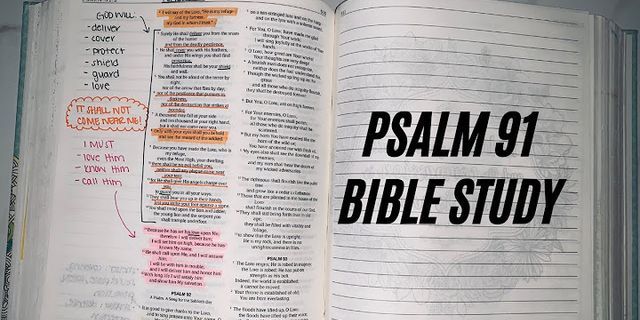Before giving the go-ahead to launch a project, the first thing on a project manager’s agenda is the feasibility study. While project managers are not required to conduct the feasibility study themselves, they use it as a guideline to drive the project and to get an end-to-end understanding of project parameters, business goals, and risk factors. Show
Get to know more about project description and conflict management. What is a Feasibility Study?A feasibility study is an analysis done to determine the viability of a project from an economical, legal, and technical perspective. Simply put, it gives us an insight into whether a project is doable or worth the investment. A feasibility study, that’s well-designed should offer insights on the description of the project, resource allocation, accounting statements, financial data, legal requirements, and tax obligations. It helps to determine whether the project is both possible and profitable for the company to undertake. Hence, this study is mandatorily done before technical development and project execution. Know more about agile vs traditional project management. Types of Feasibility StudiesThere are five types of feasibility studies based on the area that is examined: 1. Technical FeasibilityThis study takes stock of the technical resources available to undertake a project from an organization’s perspective. It includes ensuring that the technical resources are adequate, and the hardware and software requirements are met. Technical feasibility will also include if proven technologies and methodologies exist to support the proposed development. 2. Economic FeasibilityThis assessment performs a cost/ benefits analysis of the project before the financial resources are allocated. This type of study gives a clear-cut idea of project credibility (viability) as well as the economic benefits to the organization from the project. 3. Legal FeasibilityIn this type of feasibility study, the legal requirements of the proposed project are analyzed. Several parameters, ranging from zonal laws to data protection acts are checked, and compliance mandates are mapped out. 4. Operational FeasibilityThis study will help analyze and determine whether the organization’s goals can be satisfied by completing the project. 5. Scheduling FeasibilityThis is the most important assessment for project success. It estimates the time necessary to complete the project after considering the organization’ s capabilities and determines whether that amount of time is available. Know more about characteristics of project management. Benefits of A Feasibility StudyBelow are the benefits of doing a feasibility study in project management:
Steps to conduct a feasibility studyThe following stages are involved while conducting any feasibility study, in general:
The feasibility study is an integral aspect of project management. Well-planned projects are less likely to fail. A detailed, well-defined feasibility study will only increase the likelihood of project success. To explore more concepts in project management like these, sign up for any one of our immersive series of project management professional course workshops here. What is project feasibility with example?The feasibility of a project becomes clear when a business plans to launch a new product, expand its location or perform activities that impact the company and its departments. Here's an example of a feasibility study: A major convenience store chain plans to remodel several of its locations.
What are the 3 parts of feasibility study?Contents of a Feasibility Study
Description of Product or Service. Technology Considerations. Product or Service Marketplace. Identification of Specific Market.
What are the 5 major components of a project feasibility study?The 5 Components In A Feasibility Study And What They Mean. Legal Feasibility.. Technical Feasibility.. Scheduling Feasibility.. Economic Feasibility.. Operational Feasibility.. What is the purpose of a feasibility study?What Is A Feasibility Study? The main purpose of a feasibility study is to assess the financial viability of developed land and whether it will be a success or failure.
|




















